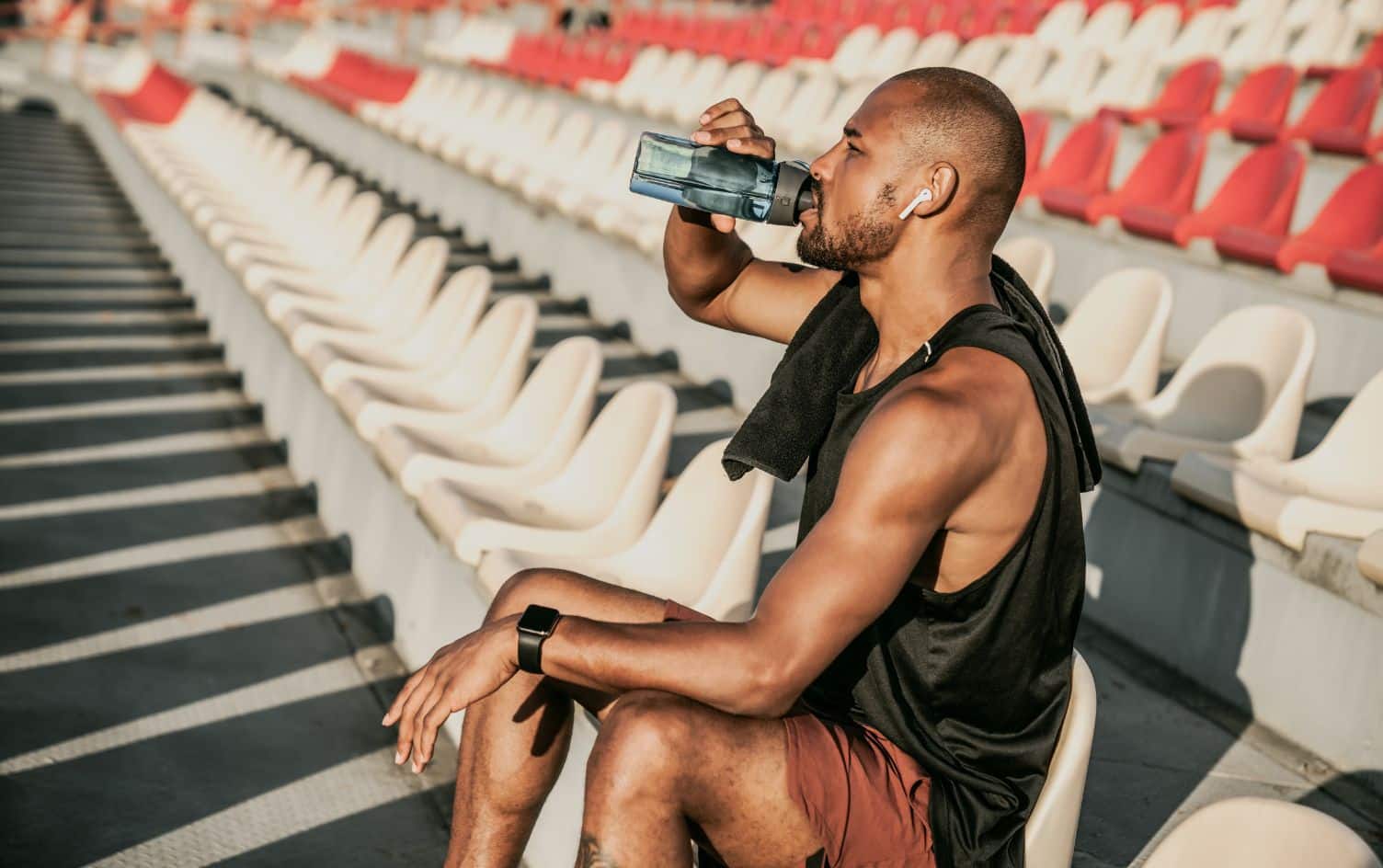If you’ve made a habit of slapping an ice pack on your tired muscles after a tough workout, think again. A recent study published in the Journal of Physiology suggests that heat, not cold, works better to help muscles recover between bouts of exercise.
Despite years of faithfully using ice for recovery at the recommendation of doctors and trainers, we’re starting to see a shift in the field of sports medicine when it comes to cold therapy. In fact, a 2012 study in the British Journal of Sports Medicine noted that there’s no scientific evidence that ice helps with muscle recovery. Even Dr. Gabe Mirkin, the creator of the widely revered R.I.C.E. (Rest, Ice, Compression, Elevation) protocol, recently recanted his stance on ice, stating, “It appears that both ice and complete rest may delay healing instead of helping.”
READ MORE > RECOVERY TRENDS: WHAT’S THE DEAL WITH INFRARED SAUNAS?
Swedish researchers sang a similar tune in the most recent study, which found exercisers who performed exhaustive upper-body cycling recovered better when they heated their muscles between bouts of exercise compared to those who chilled their muscles.
HOW TO MEASURE RECOVERY
They measured recovery in two ways: power output (how hard their muscles could work) and muscle glycogen resynthesis (how fast their muscles refilled their carbohydrate supply). The people who heated their muscles maintained a higher peak power output during their second workout (two hours after the first one) and replenished muscle glycogen faster than those who used cooling.
So what can we learn from this study? If you’ve got multiple athletic endeavors in a single day with some time in between (such as soccer games or track and field events), you may experience better recovery if you heat your muscles post-event while indulging in some delicious carbohydrates. The carbs seem to be the kicker here, as eating carbs helps shuttle glycogen back into muscles that used up much of their fuel during intense exercise.
A FEW CAVEATS
Some things to be wary of with this study:
- The study only had five participants. This is an exceptionally small sample size, so we can’t make a sweeping judgment about how humans as a whole react to heat and ice after exercise.
- The subjects only did upper-body exercise. Many team sports and endurance events primarily involve the lower body, so this study doesn’t prove anything about how the legs react to hot and cold therapy.
- The study only looked at short-term effects. We don’t know how heat and cold affected longer-term markers of performance, such as muscle soreness and inflammation.
- Some conclusions were based on animal subjects. Specifically the conclusions regarding glycogen resynthesis were based on tests performed on mice. While mice tend to have similar physiology to humans, it’s imperfect logic to say that what happened to mice can be perfectly applied to humans.
That said, the study’s findings are largely in line with much of the published research pitting heat against cold for muscle recovery. It’s safe to say research hasn’t shown ice to be effective for anything except pain relief and it does little-to-nothing to reduce swelling or increase performance. With more evidence emerging for heat as a viable recovery method, it’s worth a shot if you’re an athlete looking to get back in action faster between sessions.




